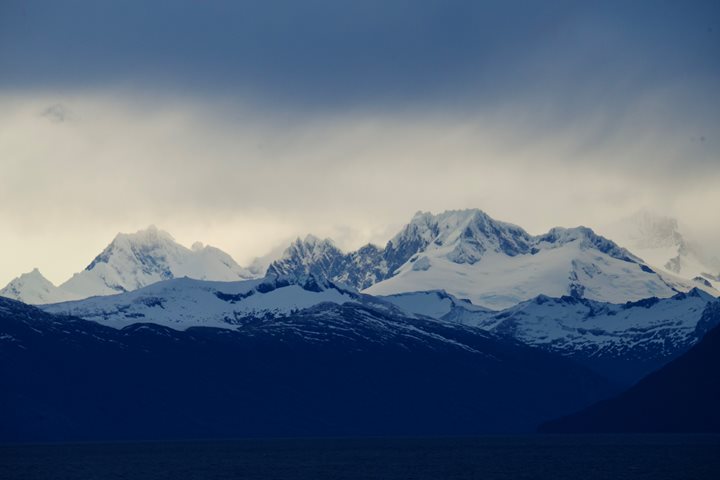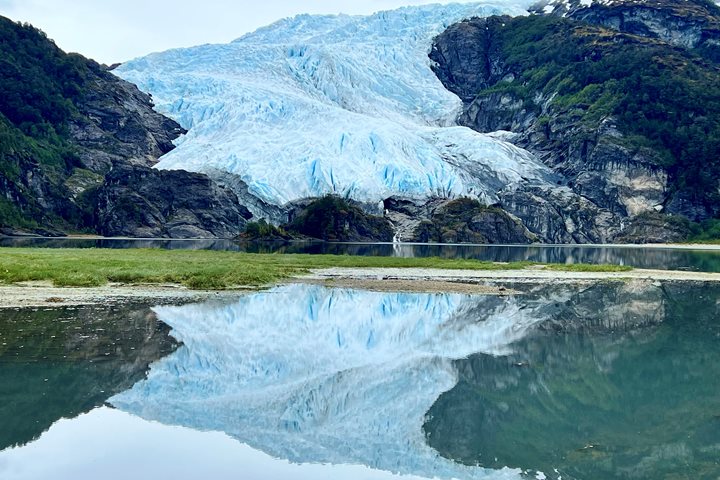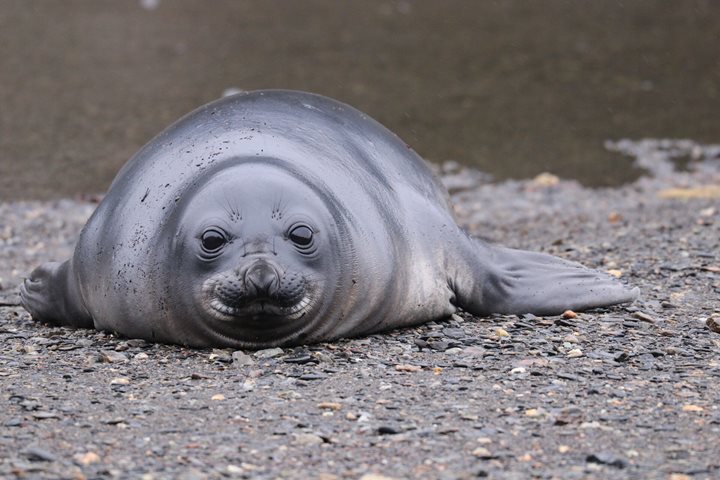From Chiloe Island after a great barbecue in Tato’s farm on Achao Island, we went to bed with a great sensation of being in a regular house on a small little island in the archipelago of Chiloe. We felt the charisma and warm welcome of the Chilotes, as the people from are known here, and as we sleep the ship moves to another Chiloe. We call it the Continental Chiloe, and it is opposite the archipelago now to the west. This is the place where in old times the Chilotes and Jesuit priests were looking for the Cesares City, where there was supposed to be a great treasure.
This was the unknown land where you could find the ancient alerce tree (Fitzroya cupressoides), like our own redwood. Unfortunately its wood is so resistant to water, because of a resin in the tree, making it highly prized for shingles and construction of most of the houses in Chiloe and the continent. It was also very useful for caulking the boats that the Chilotes used. The actual boats were made by stripping the bark from these huge tress. The forest was gravely threatened from this practice.
Well finally this story has a great end. Somebody from the U.S.A. travels to South America and gets to know this land and falls in love with it, and ends up buying a farm, with the idea of living in the south of Chile and being able to enjoy the beauty of this territory. That person was Douglas Tompkins. He quickly realized that it was possible to purchase a lot of land and with these purchases he started to conceive a great project: to protect this delicate temperate rain forest from lumbering and modernity. He knew that modernity and progress would finally reach this land and probably destroy it, as has happened in many other places on our planet suffering the consequences of development.
So a foundation was created to acquire as much land as was possible and Pumalin began. The farm in the beginning was about 42,000 hectares in size, and after some eight years the foundation acquired around 700,000 hectares creating the first private park in Chile and establishing the concept of philanthropy in this country. Initially the project had a lot of opposition from major economic groups and the government. But finally in 2005 under the government of President Ricardo Lagos the territory called Pumalin was declared a natural sanctuary and became protected by law in Chile. Today we were able to discover part of Pumalin Park, as we opted for different options so as to be able to explore the wonders of this place. These options were: Los Alerces Trail, Escondida Waterfall, or the Chaiten Volcano caldera. The walks might mean getting mud on our boots, but we would feel the sensations of walking through a temperate rain forest, and we might catch sight of a chucao tapaculo, a bird from this regions and that has a very characteristic guttural song.
In 2008 the park suffered its worst natural catastrophe, the eruption of the Chaiten volcano. After 9,000 thousand years this volcano reminded us that we are so small and that Mother Nature is alive.
Today some people had the opportunity to visit the caldera and see this magnificent volcano. Now back to normality and maybe remaining thus so for another 10,000 years allowing nature to recover. Pumalin now has a story to tell to visitors—we have a new volcano and it is part of the park.








